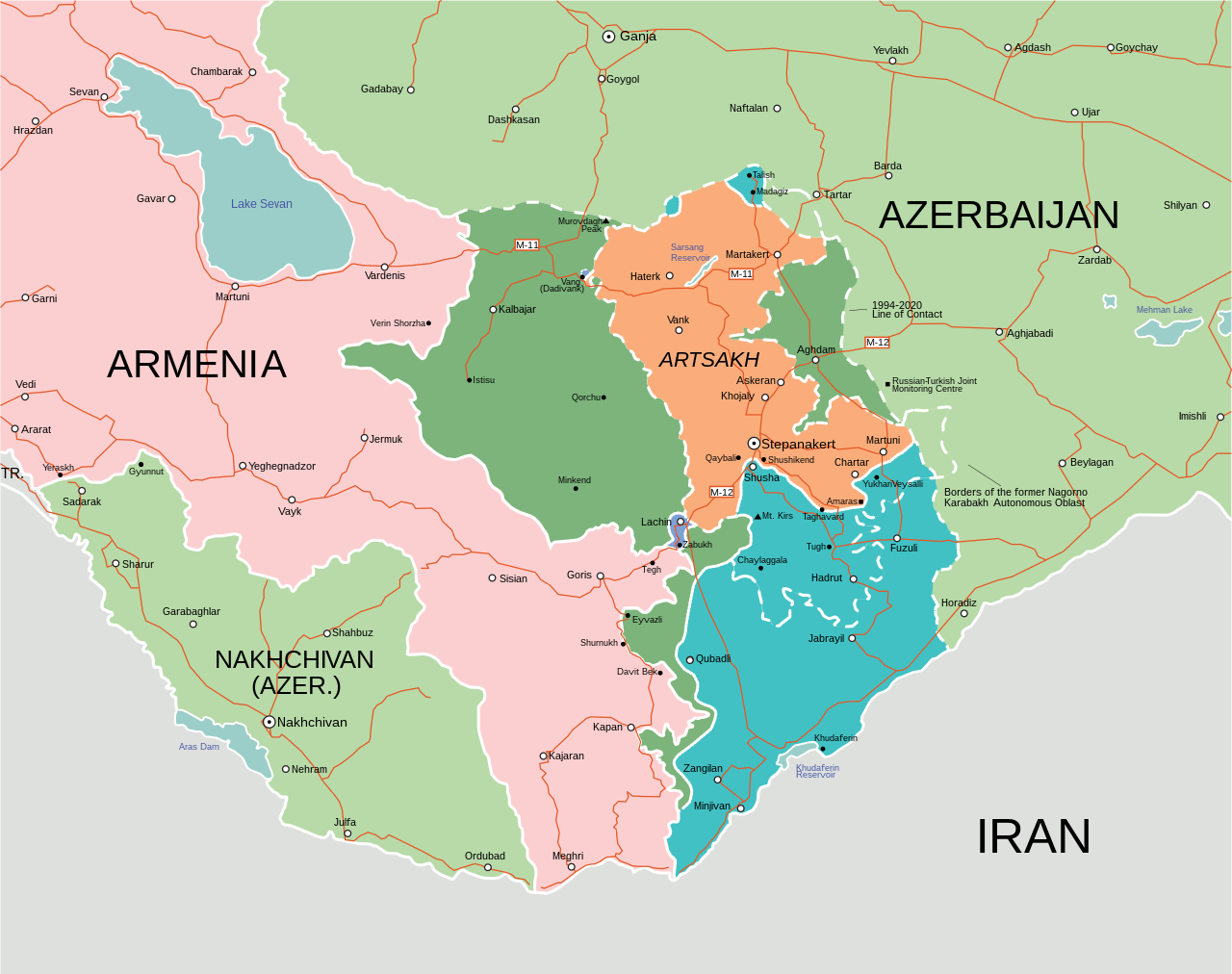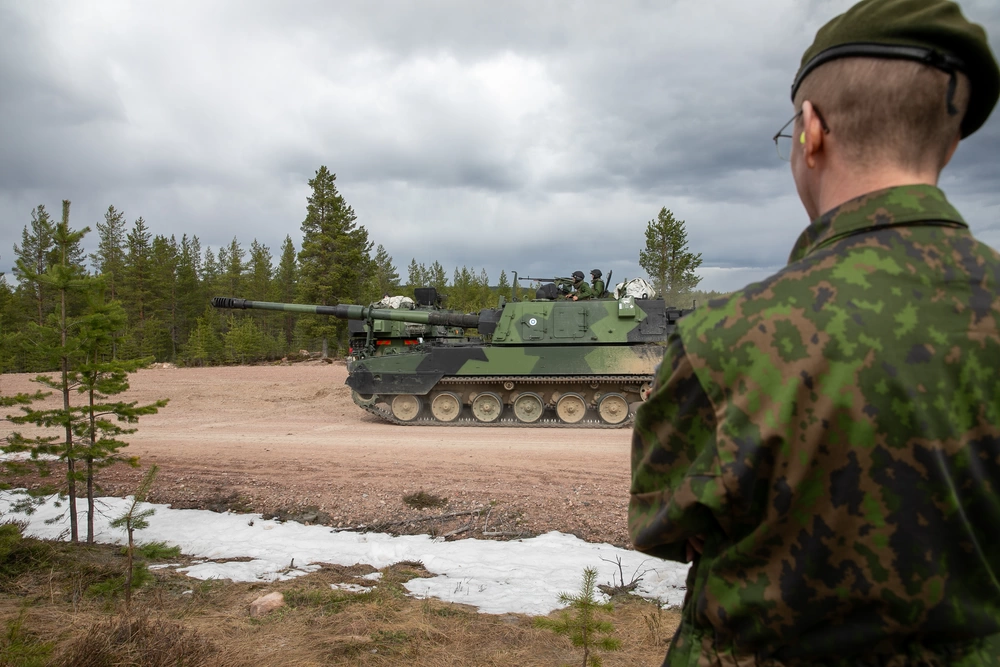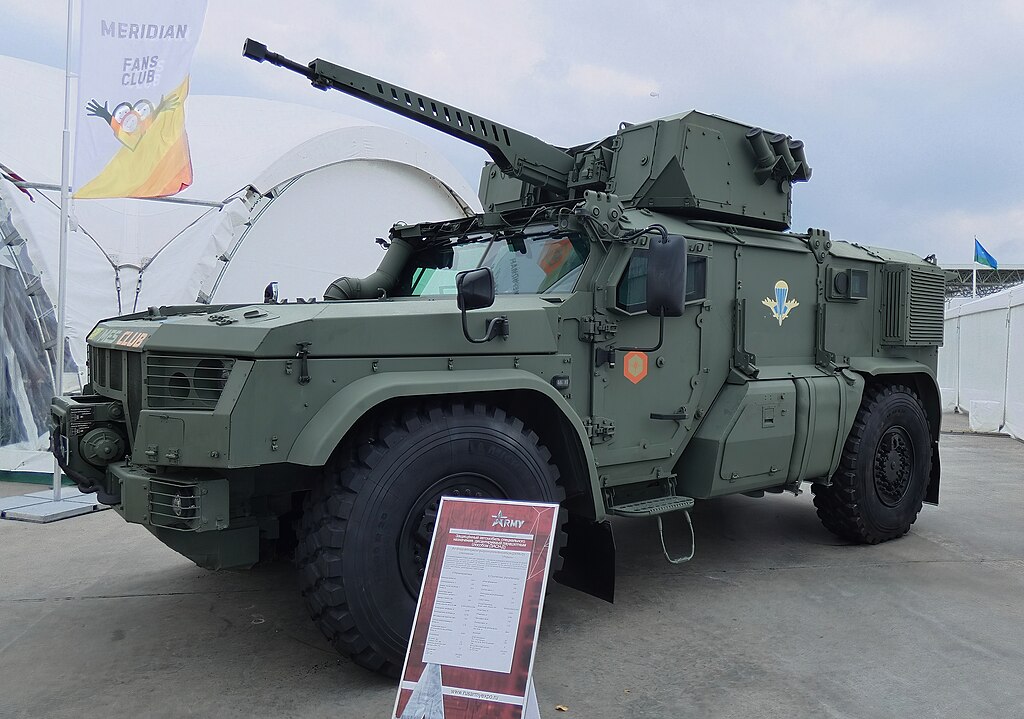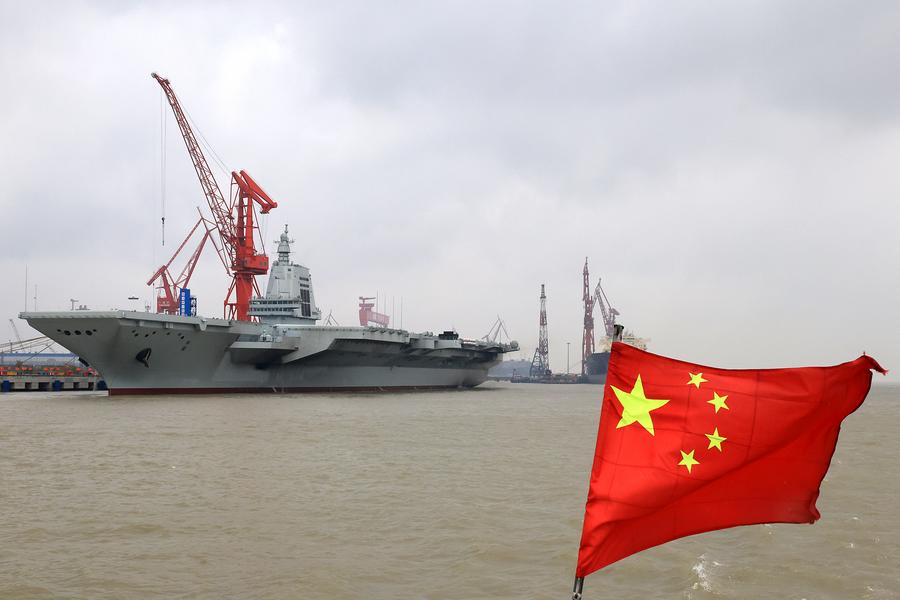.jpg)
Map showing Syria, Israel, and the Israeli-occupied Golan Heights (1991).
“The [Russian] Military Police has set up an additional post near the buffer zone between Israeli and Syrian forces in the Golan Heights.”
After over a year of absence, Russian forces have returned to Syrian territory near the Israeli-occupied Golan Heights, in theory, to curb spillovers of violence from Israel to Syria. Russia’s deployments to date have largely been symbolic, including occasional aerial patrols and the establishment of three military police observation posts in the Syrian provinces of Quneitra and Daraa, near the buffer zone separating Syria and Israel. As reported in the first accompanying article from the Syrian opposition news website Enab Baladi, Russia established its third observation post in the area in early April 2024, after establishing two similar posts in January.
Southern Syria is often considered the cradle of the Syrian civil war, and was a hardened rebel bastion for several years. Daraa province remained highly volatile until Russian-sponsored settlements with rebel groups in 2018 stabilized local security conditions. With a modicum of peace achieved, Russian presence and influence in this part of Syria dwindled beginning in 2018 while Iranian-backed Syrian government forces and militias strengthened their grip in former rebel territory. Following Moscow’s invasion of Ukraine in 2022, Russian forces all but disappeared from southern Syria, allowing Iranian militias to expand their influence in the area, often through local proxies and under the cover of Syrian Army forces.[i] Iranian influence in Syrian territory close to Israel has become a source of heightened concern not just for Israel but also for Russia, which fears that Gaza spillover could threaten Syria’s delicate status quo.
In the months following the 7 October attack, Russia successfully blocked Iranian attempts to launch attacks from southern Syria in support of Hamas in Gaza per the second accompanying excerpt, published in January 2024 in the Qatari-aligned al-Araby al-Jadeed. The redeployment of Russian military police to this part of Syria may therefore be seen as bolstering Russia’s ability to continue preventing escalation on this front. Indeed, Russia’s observation posts have all been set up in the aftermath of Israeli assassinations of high-ranking Iranian officials in Syrian territory: the first two posts were set up in the weeks following the killing of General Razi Mousavi in late December 2023, and the third one the day after General Mohammad Reza Zahedi was killed in April 2024. Russia’s return to southern Syria is less about supporting Iran against Israel than it is about deterring Tehran’s use of Syrian soil to respond to Israeli attacks on Iranian personnel in Syria notwithstanding the deepening Russo-Iranian strategic cooperation. , However, experts are skeptical of Russia’s ability to succeed. According to Mustafa al-Naimi, a Turkey-based Syrian analyst cited in the third accompanying excerpt, also from Enab Baladi, Russia’s efforts are bound to fail. Even if it succeeds in preventing Iran from opening the Syria front against Israel, Russia will be unable to remove Iranian influence from the area, given that its proxies will simply “return to the region wearing the uniform of the Syrian regime.” As such, al-Naimi conjectures, Russia’s symbolic redeployment near the Syria-Israel border is unlikely to do anything other than postpone the inevitable: an expansion of the Gaza conflict into southern Syria.
Sources:
Source: “Russia establishes third military post on borders of occupied Golan Heights,” Enab Baladi English (Syrian opposition English-language news website), 2 April 2024. https://english.enabbaladi.net/archives/2024/04/russia-establishes-third-military-post-on-borders-of-occupied-golan-heights/
The Deputy Chief of the Russian Center for Reconciliation of the Opposing Parties in Syria (a division of the Russian Ministry of Defense), Major General Yury Popov, stated that the Military Police has set up an additional post near the buffer zone between Israeli and Syrian forces in the Golan Heights… This Syrian military post is the third of its kind established since the beginning of the current year, after Russia reduced its deployment in southern Syria at the beginning of 2022 following its invasion of neighboring Ukraine.
Source:
ما أهداف روسيا من نشر نقاط مراقبة في القنيطرة؟ “What are Russia’s goals in setting up observation posts in Quneitra?” Al-Araby al-Jadeed (Qatari-aligned daily), 6 January 2024. https://www.alaraby.co.uk/politics/%D9%85%D8%A7-%D8%A3%D9%87%D8%AF%D8%A7%D9%81-%D8%B1%D9%88%D8%B3%D9%8A%D8%A7-%D9%85%D9%86-%D9%86%D8%B4%D8%B1-%D9%86%D9%82%D8%A7%D8%B7-%D9%85%D8%B1%D8%A7%D9%82%D8%A8%D8%A9-%D9%81%D9%8A-%D8%A7%D9%84%D9%82%D9%86%D9%8A%D8%B7%D8%B1%D8%A9
[Researcher Rachid] Hourani added to Al-Araby Al-Jadeed that, after the launch of the Israeli military operation against the Gaza Strip, Iran tried to activate several fronts based on the principle of “unifying the arenas.” There were several visits by Iranian military officials to Syria with the aim of opening that front, but they did not amount to much due to Russian rejection and its tendency to use the so-called “Iranian card” and control Tehran’s behavior in Syria.
Hourani considered that Russia can actually curb Iran in southern Syria “because it fully controls the military decision-making in regime areas, in addition to being a major party to the understandings related to Israel’s security threats from Syria, such as the settlement agreement with the Syrian opposition factions in mid-2018 and the Israeli-American-Russian security meeting that took place in mid-2019″…
Source:
ما وراء نشر روسيا نقاطًا عسكرية على حدود الجولان المحتل “What is behind Russia’s setting up military posts on the occupied Golan border?” Enab Baladi (Syrian opposition news website), 14 January 2024. https://www.enabbaladi.net/682917/%D9%85%D8%A7-%D9%88%D8%B1%D8%A7%D8%A1-%D9%86%D8%B4%D8%B1-%D8%B1%D9%88%D8%B3%D9%8A%D8%A7-%D9%86%D9%82%D8%A7%D8%B7%D9%8B%D8%A7-%D8%B9%D8%B3%D9%83%D8%B1%D9%8A%D8%A9-%D8%B9%D9%84%D9%89-%D8%AD%D8%AF%D9%88/
Mustafa Al-Naimi, a researcher on Iranian affairs, told Enab Baladi, “We are facing a scene of gradual escalation from both the Iranian and Israeli sides.” Al-Naimi believes that the Russian side is trying to reposition itself to ward off any attempt by the Israeli side to advance on the ground along this front by, at the very least, removing the Iranian militias from the southern region adjacent to the Golan.He added that this measure will not work for these militias, because they will return to the region wearing the uniform of the Syrian regime… because of this and the fact that the Israeli side does not trust that Russia has the ground forces needed to control the region at a depth of 45 kilometers, al-Naimi suggests that these measures are “postponing the battle, not preventing it.”
Notes:
[i] For more on the 2018 agreement, see: Armenak Tokmajyan. “A Flashpoint Looms in Southern Syria,” Carnegie Middle East Center, 26 March 2024. https://carnegie-mec.org/middle-east/diwan/2024/04/a-flashpoint-looms-in-southern-syria?lang=en¢er=middle-east
For more on post-Ukraine Russian and Iranian presence in Syria, see: Lucas Winter, “Iran Repositions Its Proxies In Syria As Russia Turns Focus To Ukraine,” OE Watch, 02-2024. https://fmso.tradoc.army.mil/2022/iran-repositions-its-proxies-in-syria-as-russia-turns-focus-to-ukraine/; Lucas Winter, “Iran Digs Into Central Syria, Filling Vacuum Left By Russia,” OE Watch, May 2022. https://fmso.tradoc.army.mil/2022/iran-digs-into-central-syria-filling-vacuum-left-by-russia/; Lucas Winter, “Russian Influence Fades In Southern Syria,” OE Watch, 09-2023. https://fmso.tradoc.army.mil/2023/russian-influence-fades-in-southern-syria/
Image Information:
Image: Map showing Syria, Israel, and the Israeli-occupied Golan Heights (1991).
Source: https://maps.lib.utexas.edu/maps/middle_east_and_asia/txu-pclmaps-oclc-25871248-golan_heights-1991.jpg
Attribution: Perry-Castañeda Library Map Collection, Public Domain




.png)

